-
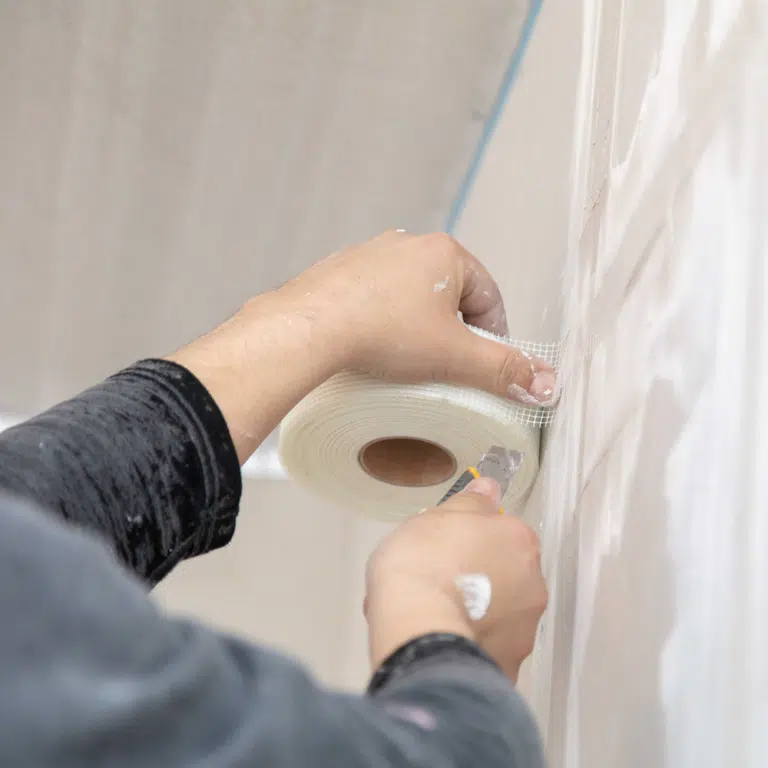 Drywall taping is a critical step in the construction or renovation process, seamlessly joining two pieces of drywall together, and choosing the right tape can significantly impact the outcome.Consulte Mais informação
Drywall taping is a critical step in the construction or renovation process, seamlessly joining two pieces of drywall together, and choosing the right tape can significantly impact the outcome.Consulte Mais informação -
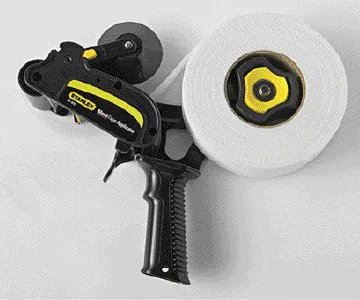 The decision between paper and mesh drywall tape can be crucial in achieving a smooth and seamless finish on your drywall. Both tape options have been widely used in drywall installation, with their unique strengths and applications.Consulte Mais informação
The decision between paper and mesh drywall tape can be crucial in achieving a smooth and seamless finish on your drywall. Both tape options have been widely used in drywall installation, with their unique strengths and applications.Consulte Mais informação -
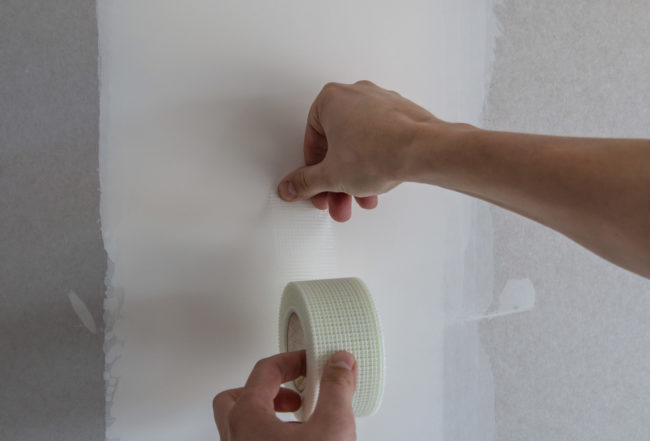 One of the principal differences between paper tape and mesh tape is that, generally speaking, paper tape makes a slightly stronger joint than mesh – but that strength comes at a price.Consulte Mais informação
One of the principal differences between paper tape and mesh tape is that, generally speaking, paper tape makes a slightly stronger joint than mesh – but that strength comes at a price.Consulte Mais informação -
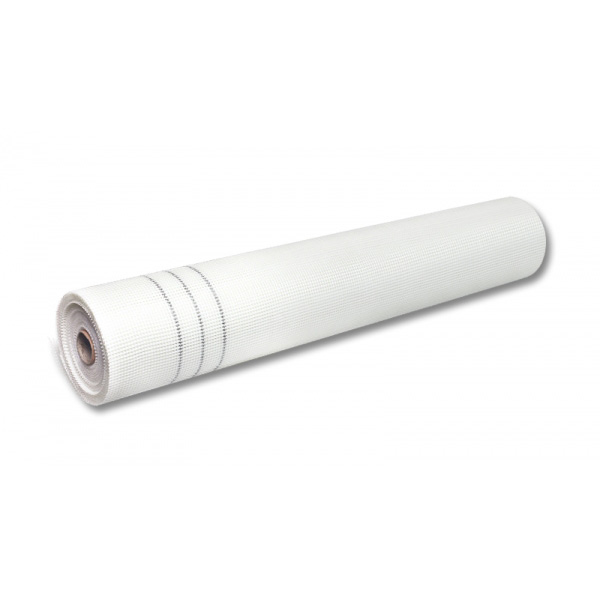 Fiberglass mesh is a versatile material used in various construction and industrial applications. It consists of woven or non-woven glass fiber strands coated with a protective resin. Its properties, including strength, flexibility, and resistance to environmental factors, make it suitable for a range of purposes. Here are common uses of fiberglass mesh:Consulte Mais informação
Fiberglass mesh is a versatile material used in various construction and industrial applications. It consists of woven or non-woven glass fiber strands coated with a protective resin. Its properties, including strength, flexibility, and resistance to environmental factors, make it suitable for a range of purposes. Here are common uses of fiberglass mesh:Consulte Mais informação -
 Chances are you’ve seen paper and fiberglass mesh drywall tape on the shelves of your local home improvement store. What’s the difference? To help you choose the better tape for your application, we’ll look at three factors: adhesion, strength/flexibility and moisture resistance.Consulte Mais informação
Chances are you’ve seen paper and fiberglass mesh drywall tape on the shelves of your local home improvement store. What’s the difference? To help you choose the better tape for your application, we’ll look at three factors: adhesion, strength/flexibility and moisture resistance.Consulte Mais informação -
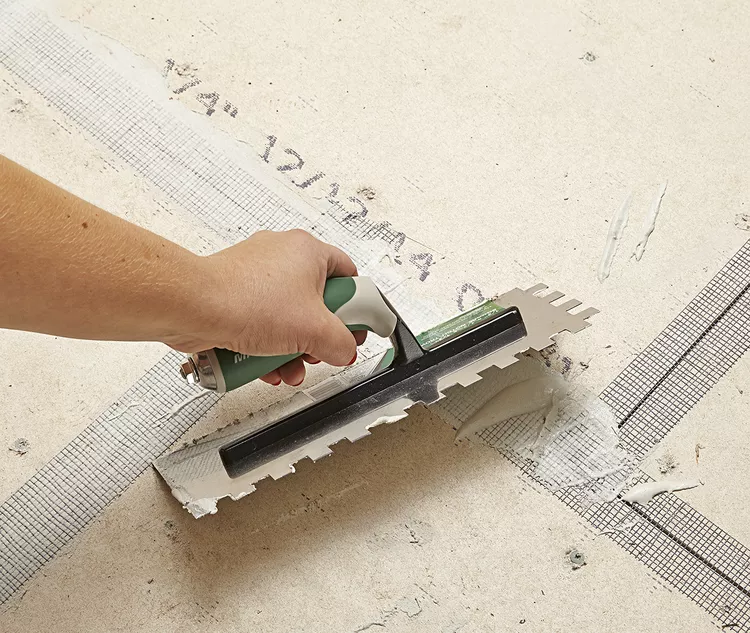 Fiberglass mesh tape is easier to use than paper tape. Paper tape needs to be pressed into a layer of compound and the excess compound removed. The trick is that you must remove surplus compound without wrinkling the tape or removing so much that the tape buckles because you've created dry spots.Consulte Mais informação
Fiberglass mesh tape is easier to use than paper tape. Paper tape needs to be pressed into a layer of compound and the excess compound removed. The trick is that you must remove surplus compound without wrinkling the tape or removing so much that the tape buckles because you've created dry spots.Consulte Mais informação -
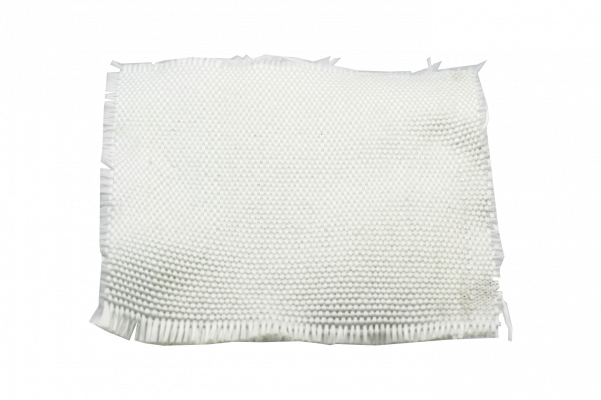 A fiberglass is a form of fiber-reinforced plastic where glass fiber is the reinforced plastic. This is the reason perhaps why fiberglass is also known as glass reinforced plastic or glass fiber reinforced plastic. The glass fiber is usually flattened into a sheet, randomly arranged or woven into a fabric.Consulte Mais informação
A fiberglass is a form of fiber-reinforced plastic where glass fiber is the reinforced plastic. This is the reason perhaps why fiberglass is also known as glass reinforced plastic or glass fiber reinforced plastic. The glass fiber is usually flattened into a sheet, randomly arranged or woven into a fabric.Consulte Mais informação -
 Since fiberglass windows and doors are often mechanically-assembled in the factory through chemically-welded or bonded assemblies, they provide a high degree of quality, consistency and reliability.Consulte Mais informação
Since fiberglass windows and doors are often mechanically-assembled in the factory through chemically-welded or bonded assemblies, they provide a high degree of quality, consistency and reliability.Consulte Mais informação -
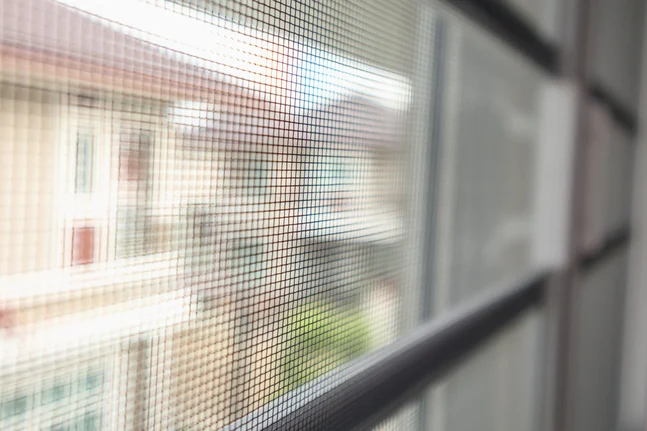 But while providing air circulation and some relief from the heat, that opening becomes problematic when what’s outside starts making its way inside. For insects, birds, leaves, and large allergens (e.g. those puffballs from a cottonwood tree), an open window or door is an open invitation into a building.Consulte Mais informação
But while providing air circulation and some relief from the heat, that opening becomes problematic when what’s outside starts making its way inside. For insects, birds, leaves, and large allergens (e.g. those puffballs from a cottonwood tree), an open window or door is an open invitation into a building.Consulte Mais informação